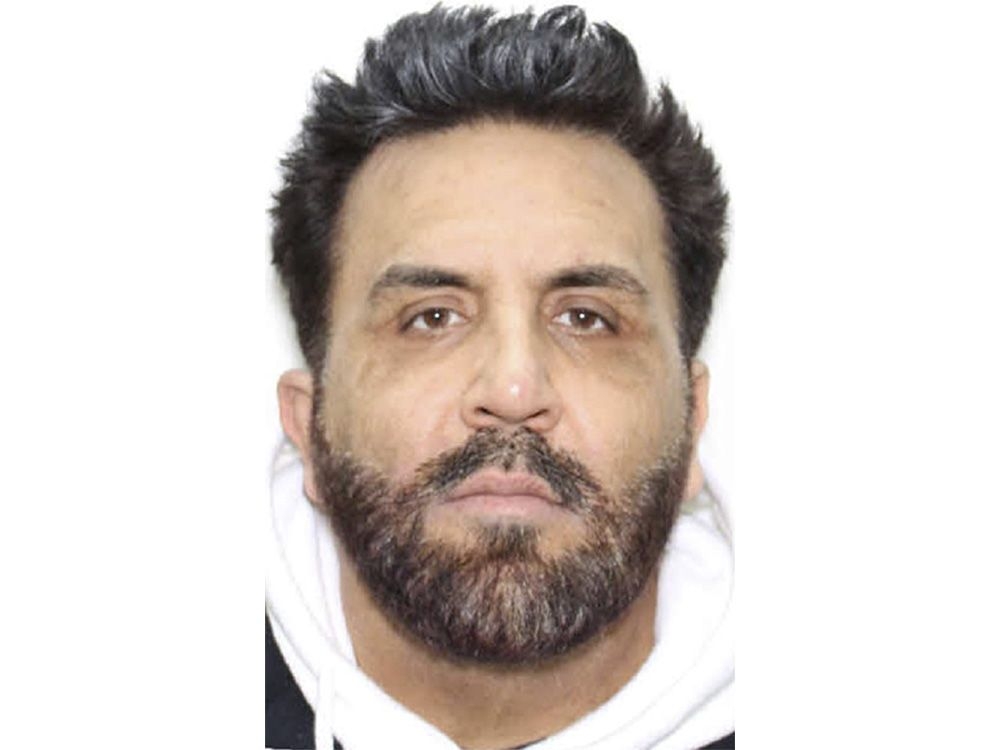A startling claim emerged from Tehran this weekend: Iran has halted uranium enrichment across the nation. Foreign Minister Abbas Araghchi delivered the statement, a direct response to the recent attacks on its nuclear facilities during a tense twelve-day conflict. The move appears to be a calculated signal, a fragile olive branch extended towards the West amidst escalating tensions.
The attacks, carried out by Israel and the United States, left Iran’s enrichment facilities in ruins. “There is no enrichment right now because our facilities…have been attacked,” Araghchi explained, emphasizing that all remaining sites are currently under the watchful eye of the International Atomic Energy Agency. This admission, delivered to an Associated Press journalist, represents the most definitive statement yet regarding the state of Iran’s nuclear program.
However, the offer isn’t unconditional. Araghchi firmly asserted Iran’s “inalienable right” to peaceful nuclear technology, including enrichment. He stressed that this right is non-negotiable, a cornerstone of Iran’s position as it considers a return to talks with the U.S. and other world powers. The message is clear: recognition of this right is paramount.

Adding to the complexity, Mohammad Eslami, head of Iran’s Atomic Energy Organization, revealed that Tehran is facing ongoing threats should they attempt to rebuild or access the damaged sites. Satellite imagery confirms a lack of significant reconstruction at Fordo, Isfahan, and Natanz, suggesting a cautious approach dictated by the constant specter of further attacks. The atmosphere is thick with apprehension.
Prior to the attacks, Iran had been enriching uranium to 60% purity – dangerously close to weapons-grade levels – following the U.S. withdrawal from the 2015 nuclear deal. While Iran maintains its program is solely for peaceful purposes, Western nations and the IAEA harbor concerns about a past, organized weapons program. This history casts a long shadow over current negotiations.
A recent summit, hosted by Iran’s Institute for Political and International Studies, underscored the nation’s defiant stance. The conference, titled “International Law Under Assault: Aggression and Self-Defense,” served as a platform for Iranian analysts to condemn the attacks and highlight what they perceive as a double standard in international law. The event was a powerful display of national resolve.
The summit’s location, within the Martyr General Qassem Soleimani Building – named for the slain Revolutionary Guard leader – and the display of images depicting children killed during the conflict, served as stark reminders of the human cost of the escalating tensions. These visual elements amplified the emotional weight of the discussions.
Despite the outward show of strength, Iran faces a precarious situation. Its air defense systems have been severely weakened, leaving it vulnerable to future strikes. Simultaneously, the nation grapples with economic hardship and internal societal pressures, including debates over mandatory hijab laws and fuel subsidies – issues that have previously ignited widespread protests. The path forward is fraught with uncertainty.
The international community now awaits the next move. The IAEA Board of Governors is poised to meet, potentially introducing a new resolution targeting Iran’s lack of full cooperation. While Araghchi left the door open for renewed negotiations, he insisted that any dialogue must be based on “equal, fair” terms, a demand that, so far, appears unmet by the U.S. administration.





